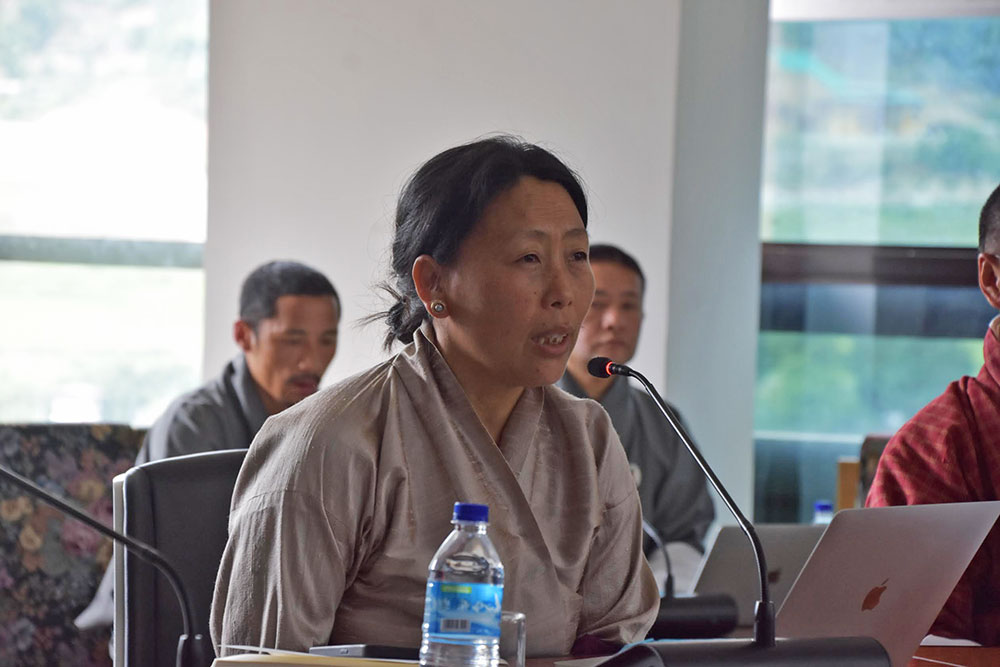Thukten Zangpo
The moratorium on housing construction loans, covering both residential and commercial, will end on June 30 this year, marking a significant shift after a year-long suspension.
Hotel construction loans, however, will still be under moratorium.
On June 26, the Royal Monetary Authority (RMA) notified financial institutions (FIs) that housing construction loans will be lifted.
Additionally, the RMA directed FIs to refer to the revised Prudential Regulations (PR) 2024 for risk-weight requirements on capital accumulation.
“The RMA will closely monitor the implementation of this directive and may conduct audits or require additional reporting as necessary to ensure full compliance,” the Authority said.
During its 210th board meeting on May 28, the RMA revised the PR 2017.
The RMA notification instructed FIs to comply with the new provisions outlined in the revised PR 2024 effective from July 1. This revision aims to enhance clarity and incorporate previously issued directives.
One key change is the provision applying a 150 percent risk weight to a loan exposure that exceeds 30 percent of a FI’s total loan portfolio.
“For those institutions whose exposure has already exceeded 30 percent, sanctioning of new loans shall attract 150 percent of risk weight, and this will be applicable as long as exposure is above the set limit,” the RMA stated.
This means that banks lending more than 30 percent of their total loans to a single sector will need to exercise greater caution. Such loans are considered riskier for banks due to the higher risk weight assigned.
During yesterday’s Meet-the-Press session, Finance Secretary Leki Wangmo said that the decision to lift the housing loan moratorium was reached in consultation with the finance ministry, RMA, and relevant agencies.
She added that the housing loan exposure (the total amount of money a bank has loaned out for housing to total loans), currently averages 31 percent for most FIs.
However, Leki Wangmo said that banks can resume lending if they maintain adequate capital reserves in accordance with the RMA’s directive.
What bankers say
A banker said that the loan exposure in the housing construction sector slightly exceeds 30 percent, with the exception of two insurance companies—Royal Insurance Corporation of Bhutan Limited and Bhutan Insurance Limited, which have exposures below 20 percent.
He added that the lifting of the loan moratorium applies specifically to residential and commercial housing construction loans, excluding hotel loans.
A banker clarified that residential loans do not attract the 150 percent risk weight, making lending for residential construction loans more accessible.
For commercial housing loans, the banker expects banks to prioritise providing additional loans to existing clients, while loan applications from new borrowers will undergo stricter evaluation.
As of February this year, the housing sector recorded the highest amount of credit at Nu 64.51 billion.
The RMA had suspended loans for housing and hotel construction effective from June 8 last year due to concerns over foreign currency outflow, high credit concentration, and the risk of non-performing loans in these sectors.
Vehicle import moratorium
Leki Wangmo said that the moratorium on vehicle imports that is to be lifted on August 18 this year, is still under review.
She added that the RMA, Finance Ministry, and Ministry of Infrastructure and Transport are working together to evaluate factors such as road capacity, traffic congestion, and the status of public transportation before making a decision.
The government initially imposed a moratorium on vehicle imports in August 2022. As of February this year, transport loans amounted to Nu 7.68 billion.


